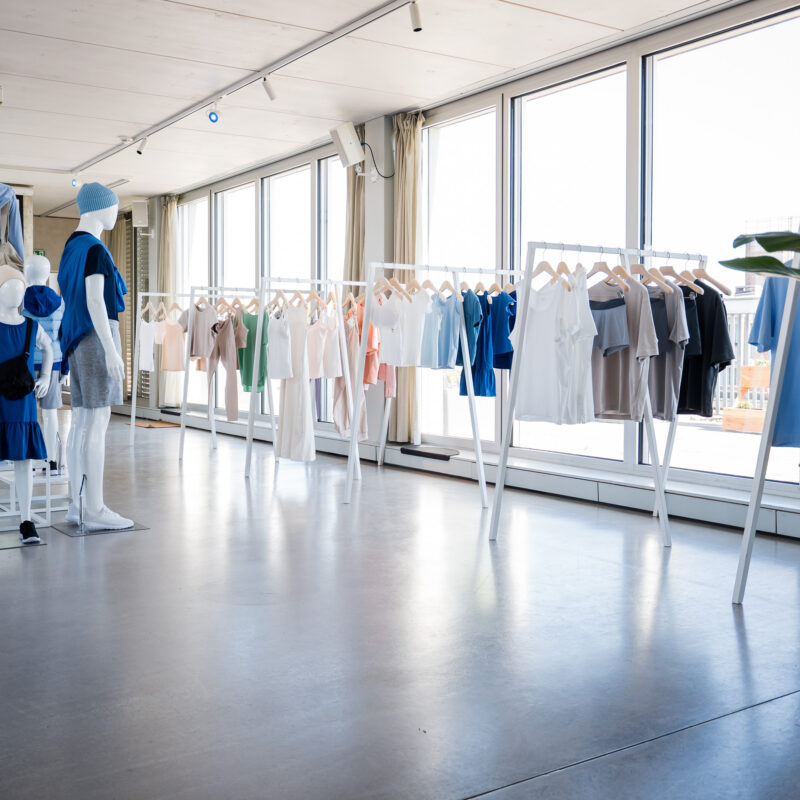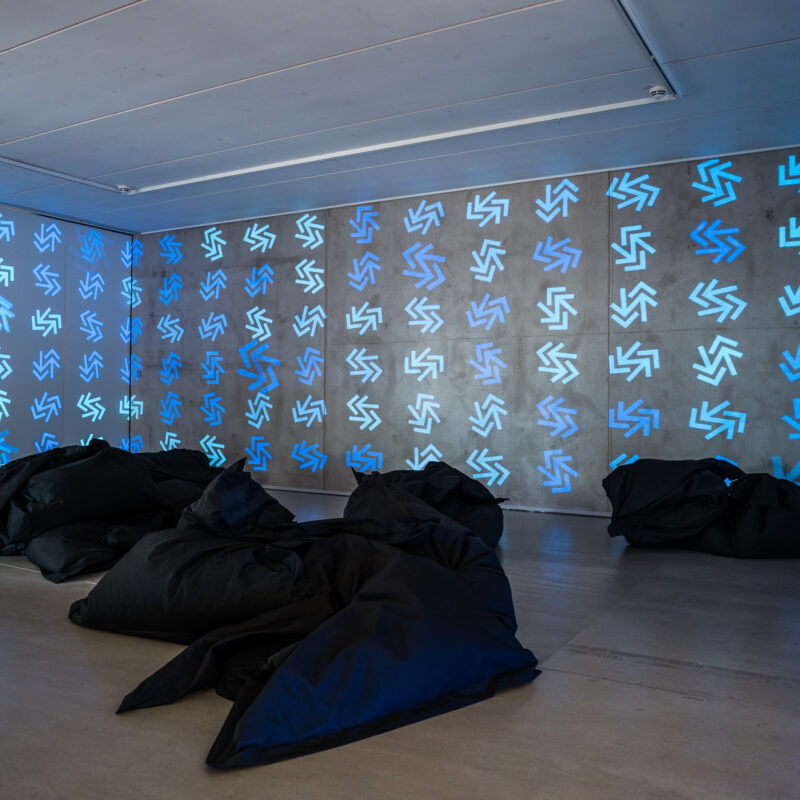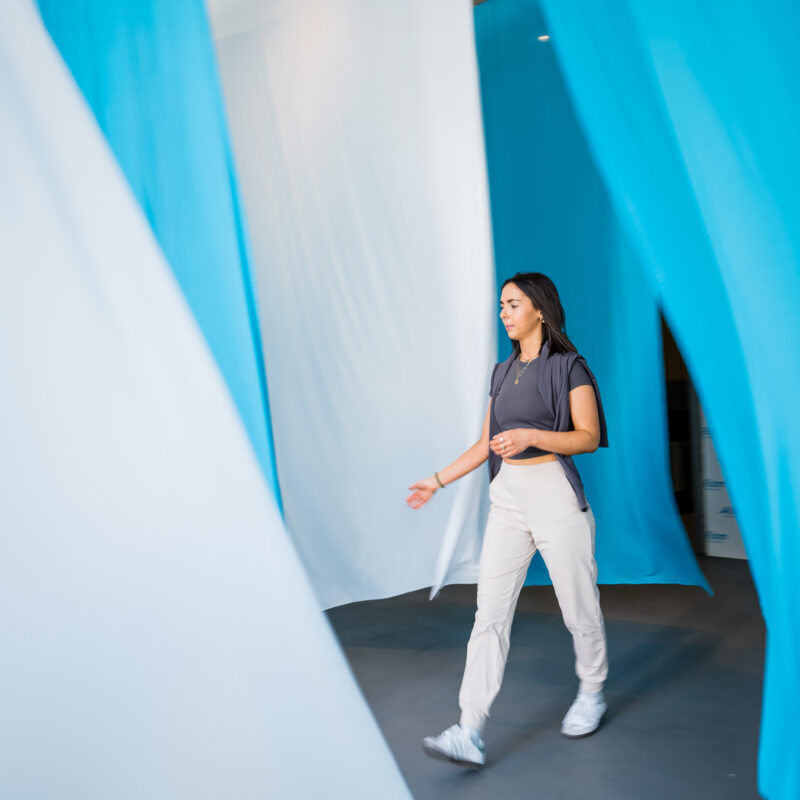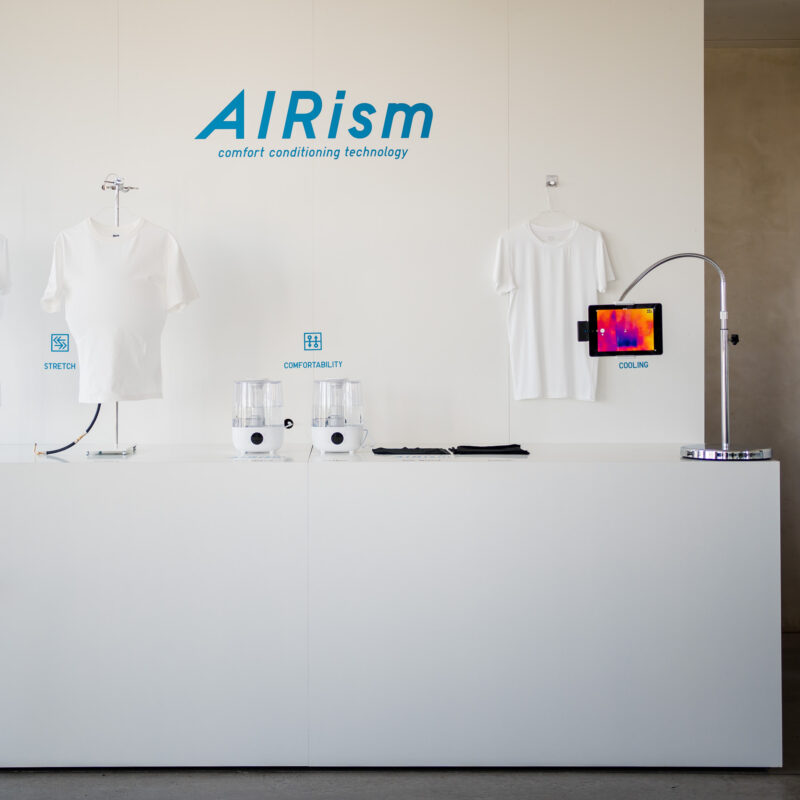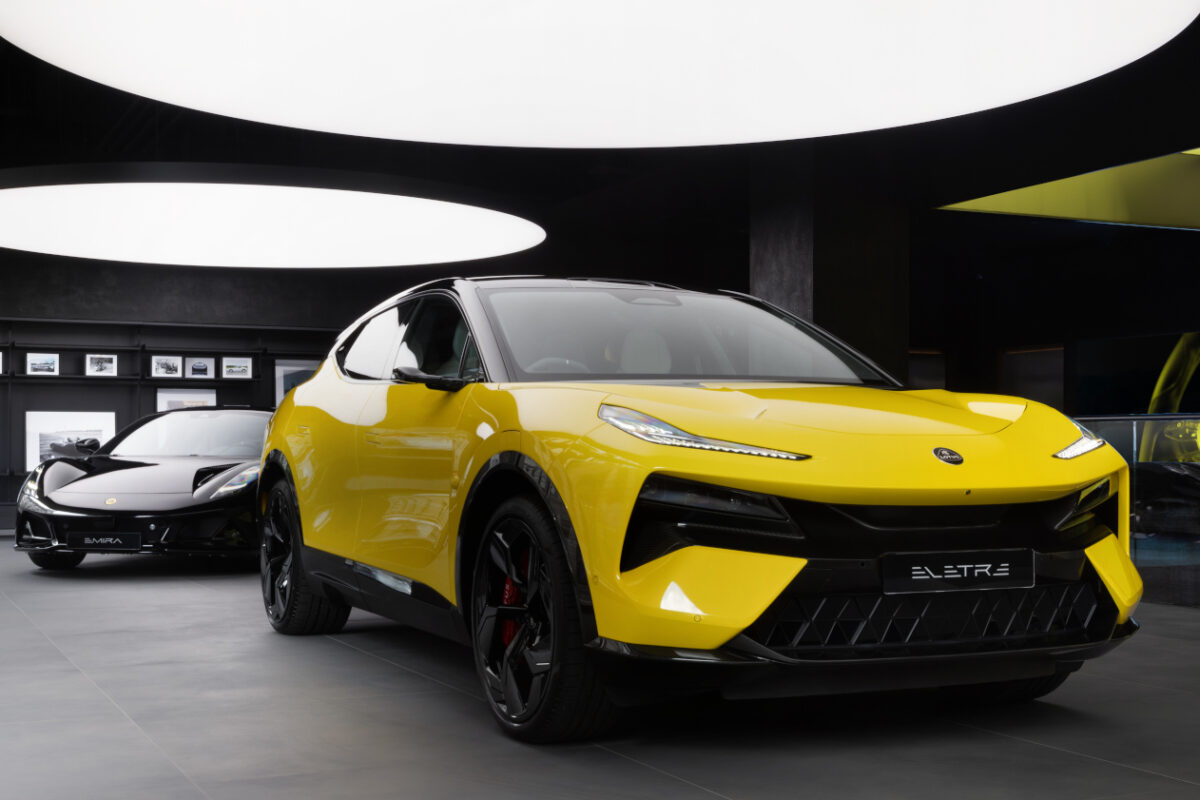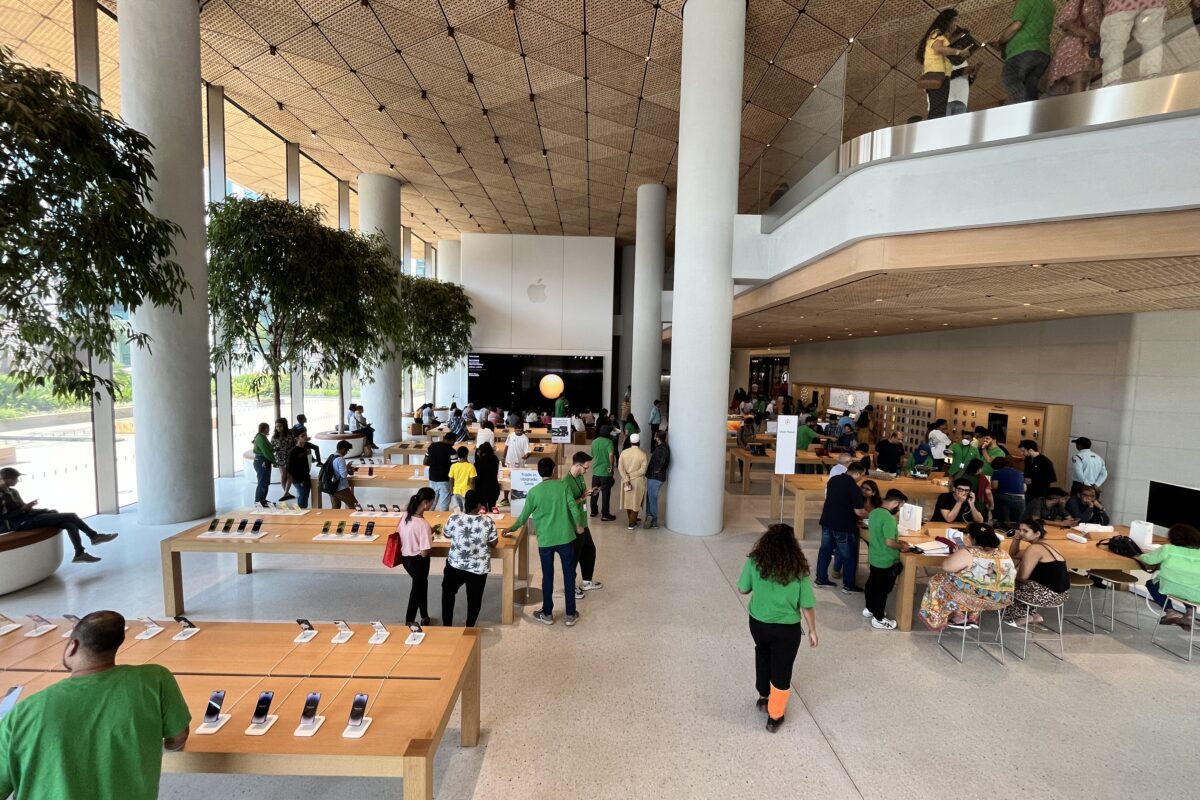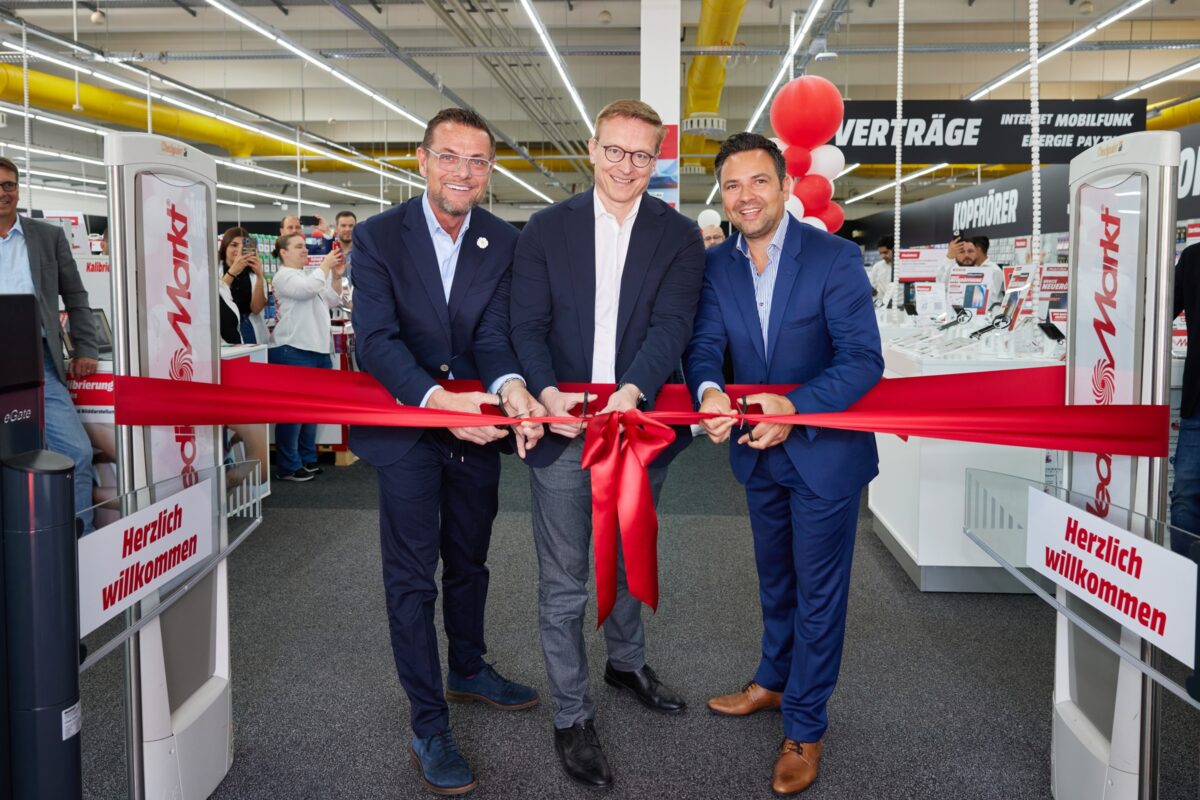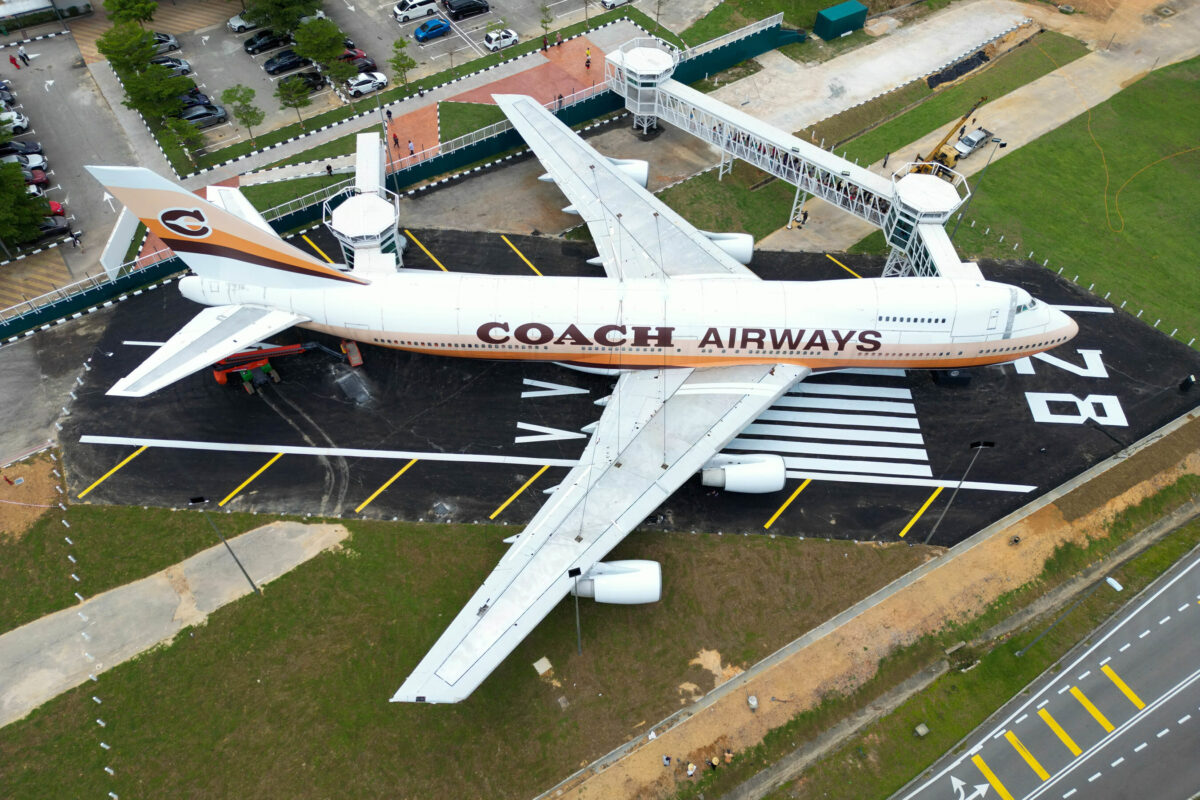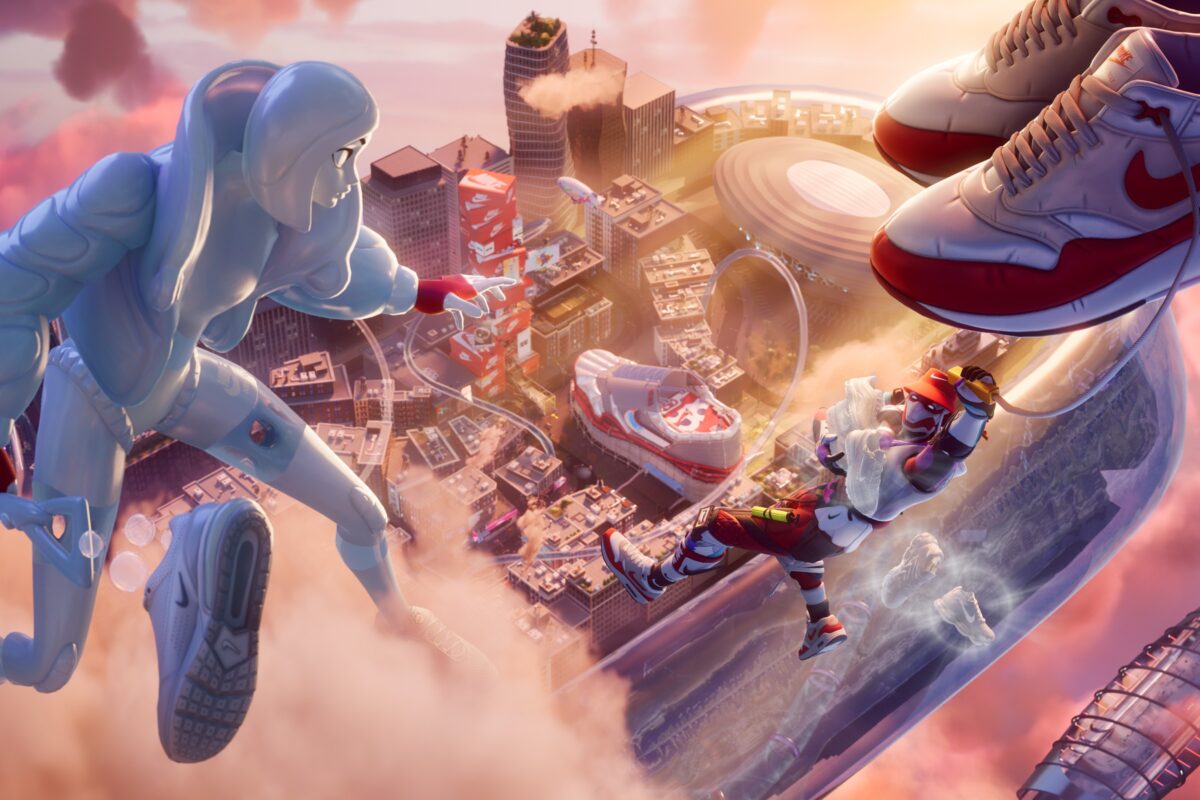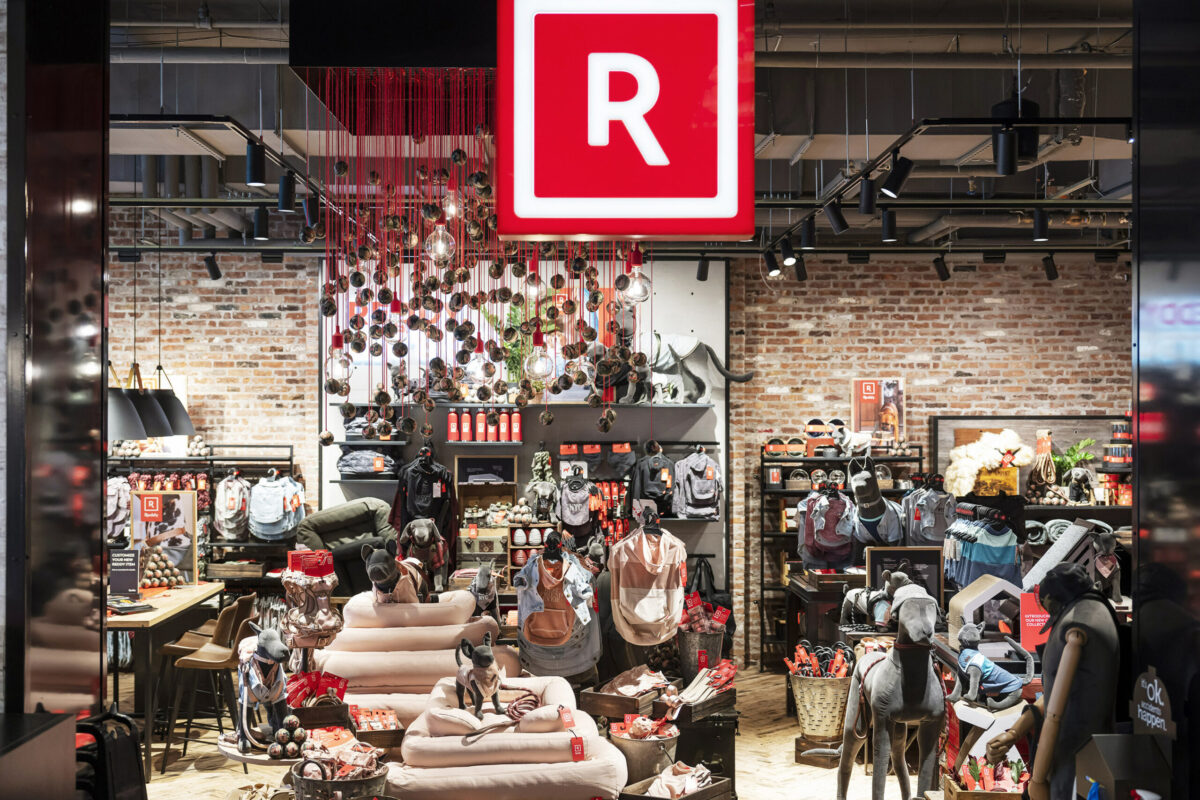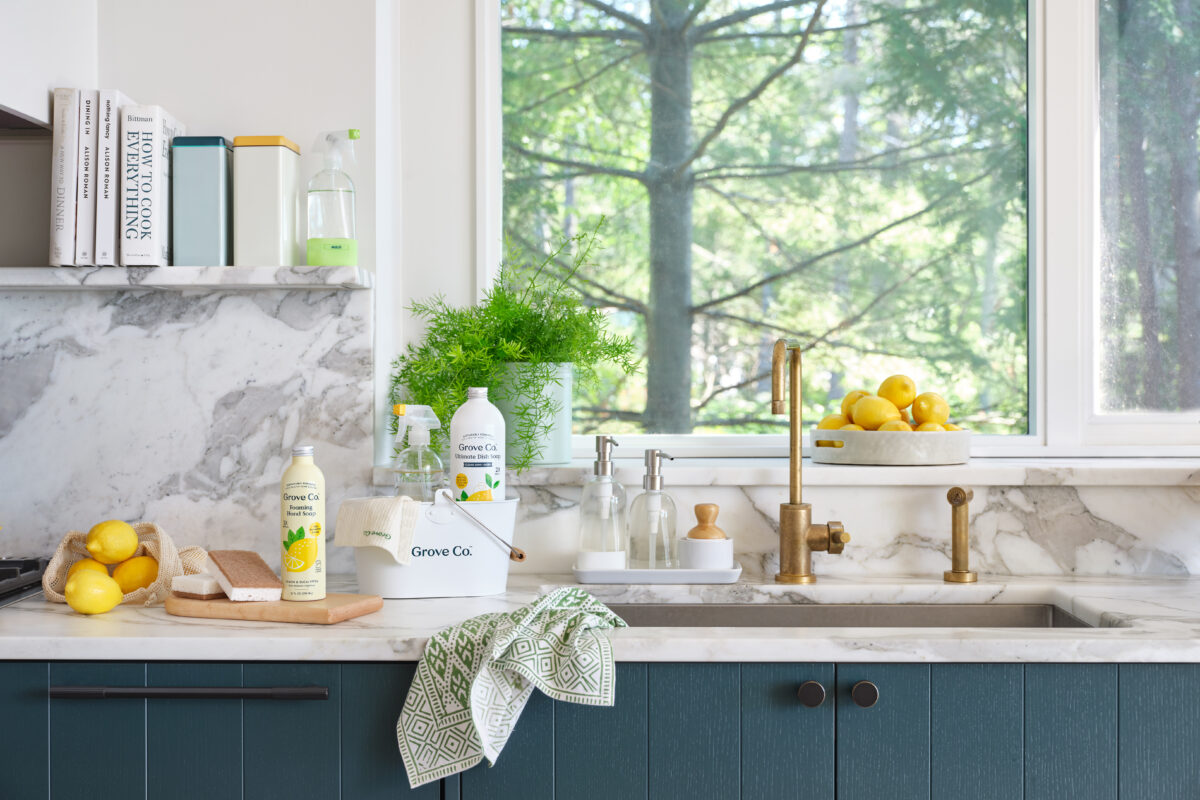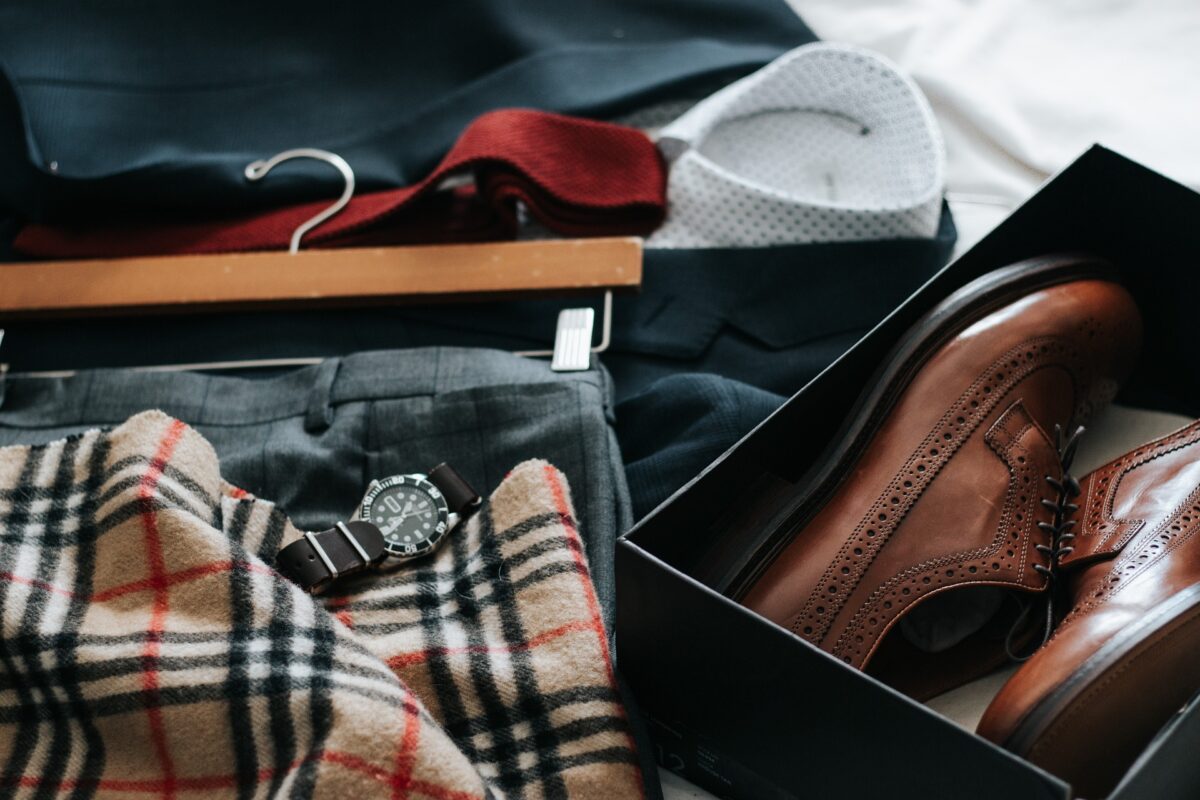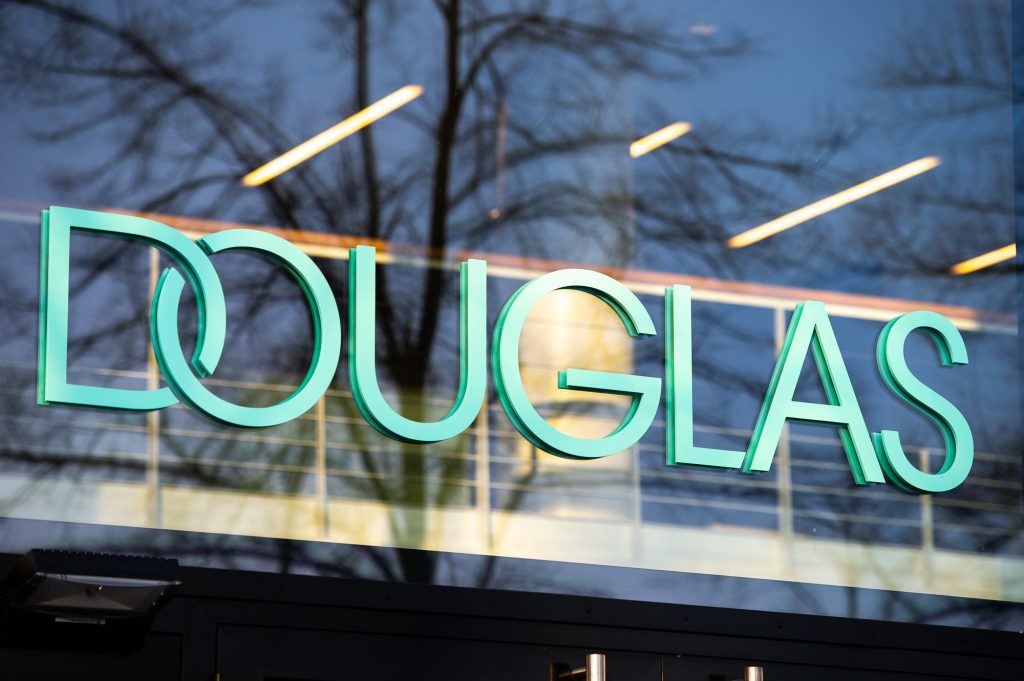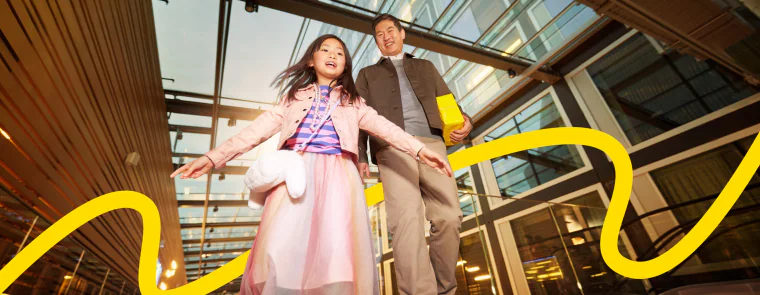How brands generate attention with temporary locations
by Jennifer Meyer (exclusively for EuroShop.mag)
Established brands and aspiring entrepreneurs have long recognized that pop-up stores enrich marketing strategies and boost sales. But what purpose do pop-up stores serve besides increasing sales? And how can smaller brands implement these temporary locations?
Event and experience in the pop-up space
Just recently in May 2023, Uniqlo transformed the Aufbau Haus in Berlin into an interactive pop-up experience. Called ‘House of AIRism’, the Japanese fashion brand invited visitors to K-pop dance lessons and an infinity room where they could relax to soothing sounds and artistic visuals. It’s a concept that was already successfully executed in Milan. But how does the whole thing relate to fashion? Customers were able to test the benefits of the comfortable and moisture-regulating AIRism collection during the promotions on offer.
The House of AIRism opened its doors for a single day only. This is the purest example of pop-up stores – and is also part of their formula for success.
A combination of transience and product exclusivity is created, which creates desirability and can boost sales. But beyond increasing sales, what can be achieved with a pop-up store?
Pop-up store: support for product launches
Many brands use pop-up stores to launch new products. This can arouse the interest of customers and the media and collect direct feedback. Unilever demonstrated the extraordinary form this can take when pulling out all the stops for the product launch of Kinder Ice Cream in February 2019, for which a store in downtown Hamburg was literally iced over with the help of expertise from artists and real ice cream. Additional sound, fog and lighting effects transformed the classic store space into an authentic-looking ice grotto.
In this special location, visitors were able to sample the new products and become part of this ice cream world through hands-on activities. PR, out-of-home and digital measures as well as influencer marketing and a pre-opening party with celebrities supported the concept. Over 65,000 distributed samples and a media equivalent value of over 3.7 million euros speak for the success of the concept.
Pop-ups can also be used to test new markets in terms of target group and territory. Those who want to test different locations for themselves and their brand could follow the example of cosmetics manufacturer Laneige, which, instead of a store, turned a truck into an event space for its brand in New York in 2022. This is not only an attention-grabbing form of a pop-up store. This concept also gives the opportunity to conduct multiple tests in different cities without having to remodel a new store each time.
Additional important goals of pop-up stores for many companies: increasing brand awareness and strengthening brand image, as well as promoting seasonal products. In December 2022, Lush demonstrated how a well-designed pop-up store can contribute to these goals with the “Lush Lounge” at Westfield London. In the midst of the shopping center, the cosmetics manufacturer – best known for its colorful bath balls – offered a refuge from the Christmas rush. Relaxing projection experiences, massages and other wellness services with Lush products, as well as small Christmas gifts for visitors provided festive anticipation and moments of relaxation.
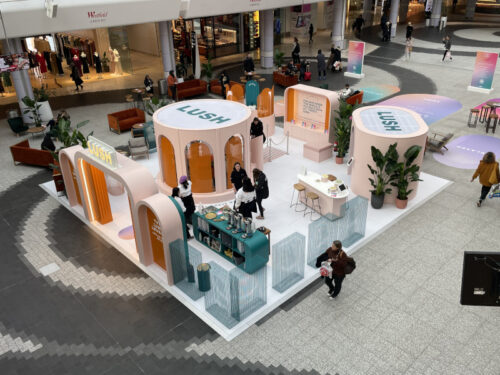
© Lush
Success even for small brands with less effort
These are all impressive pop-up store concepts from established brands that have often attracted attention beyond national borders. Smaller brands in particular, which have perhaps only operated online up to now, are right to ask themselves: can it also be done with less effort and cost? Yes! According to a Storefront study of international retailers who have already conducted a pop-up store promotion, 80 percent rated it a success. At the same time, 44 percent said they had spent less than $5,000 on the store.
Thus, for small brands: More important than costly, imposing experiences are the precise objectives and a clear concept for the pop-up store. Does it convey the brand or product message? How can lighting, music or interactive elements support this? Does it have the potential to generate word-of-mouth and customer interaction?
Successful pop-up stores can often be implemented in small spaces with existing resources. Entrepreneur Carmen Kroll (also known as Carmushka), for example, recently transformed the office space of her fashion brand Oh April into a fashion boutique with drinks and snacks for two days, so that – as she said on LinkedIn – she could engage in personal exchange with customers. This was most valuable, she said, because detailed feedback, for example on returns, was rare. Selling the collection was of secondary importance to them on these days.
Important for a pop-up store that is not designed to be too attention-grabbing or that is not in a high-traffic location: effective promotion via social media, local advertising and cooperations. In this way, pop-ups can also positively influence the advertising strategies and, ultimately, the sales of smaller brands.




